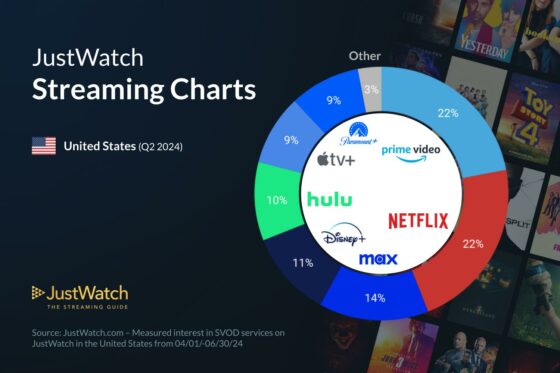In today’s fast-paced digital world, businesses and individuals alike are constantly seeking ways to make sense of the overwhelming amount of data generated every second. Enter AI-powered analytic tools – the game-changers that are transforming the way we analyze, interpret, and leverage data.
What Are AI-Powered Analytic Tools?
AI-powered analytic tools are software applications that use artificial intelligence (AI) to analyze large sets of data and extract valuable insights. Unlike traditional data analytics tools that rely heavily on human intervention for data processing and interpretation, AI-driven tools automate these processes, making them faster, more accurate, and incredibly efficient.
Why Are They Important?
- Speed and Efficiency: Traditional data analysis can be time-consuming, often requiring hours or even days to process and interpret data. AI tools can perform these tasks in a fraction of the time, allowing businesses to make quicker decisions.
- Accuracy: AI algorithms are designed to identify patterns and anomalies in data that might be missed by human analysts. This leads to more accurate insights and better decision-making.
- Scalability: As businesses grow, the volume of data they generate increases exponentially. AI-powered tools can easily scale to handle larger datasets without compromising on performance.
- Cost-Effective: By automating data analysis, AI tools reduce the need for large teams of data scientists and analysts, resulting in significant cost savings for businesses.
Key Features of AI-Powered Analytic Tools
- Predictive Analytics: These tools can forecast future trends based on historical data, helping businesses to anticipate market changes and customer behavior.
- Natural Language Processing (NLP): NLP enables AI tools to understand and interpret human language, making it easier to analyze text data from sources like social media, customer reviews, and emails.
- Real-Time Analytics: AI-powered tools can process and analyze data in real-time, providing immediate insights and allowing businesses to respond quickly to emerging trends.
- Data Visualization: Advanced visualization techniques transform complex data sets into intuitive, easy-to-understand charts and graphs, making it simpler for decision-makers to grasp insights at a glance.
Popular AI-Powered Analytic Tools
- IBM Watson Analytics: Known for its powerful predictive analytics and user-friendly interface, IBM Watson Analytics helps businesses uncover insights hidden in their data.
- Google Analytics 360: This enterprise-level analytics tool leverages AI to provide deep insights into customer behavior, helping businesses optimize their marketing strategies.
- Tableau: Renowned for its data visualization capabilities, Tableau uses AI to enhance its analytics features, allowing users to explore data in innovative ways.
- Microsoft Power BI: Integrating seamlessly with other Microsoft products, Power BI uses AI to provide real-time analytics and robust data visualization options.
- SAP Analytics Cloud: Combining BI, augmented analytics, and predictive analytics in one solution, SAP Analytics Cloud leverages AI to deliver comprehensive insights.
Real-World Applications
- Healthcare: AI-powered analytics are revolutionizing healthcare by predicting disease outbreaks, personalizing patient treatment plans, and improving operational efficiency in hospitals.
- Finance: Financial institutions use AI tools to detect fraudulent activities, assess credit risks, and provide personalized financial advice to customers.
- Retail: Retailers leverage AI analytics to optimize inventory management, enhance customer experiences through personalized marketing, and forecast sales trends.
- Manufacturing: AI-driven analytics help manufacturers predict equipment failures, optimize production processes, and improve supply chain management.
Challenges and Considerations
While AI-powered analytic tools offer numerous benefits, there are also challenges to consider:
- Data Privacy: With increasing concerns over data privacy, businesses must ensure they comply with regulations and protect sensitive information.
- Integration: Integrating AI tools with existing systems can be complex and may require significant time and resources.
- Skills Gap: There is a growing need for professionals who understand AI and can effectively implement and manage these tools.
- Bias and Fairness: AI algorithms can sometimes perpetuate biases present in the training data. Ensuring fairness and accuracy is crucial.
The Future of AI-Powered Analytic Tools
The future of AI-powered analytic tools looks incredibly promising. With advancements in AI and machine learning, these tools will become even more sophisticated, offering deeper insights and transforming industries in ways we can’t yet imagine. As businesses continue to embrace digital transformation, the adoption of AI analytics will undoubtedly become a cornerstone of their strategy.
Feel free to share your thoughts or ask any questions in the comments below. Have you used AI-powered analytic tools in your business or personal projects? We’d love to hear about your experiences.







